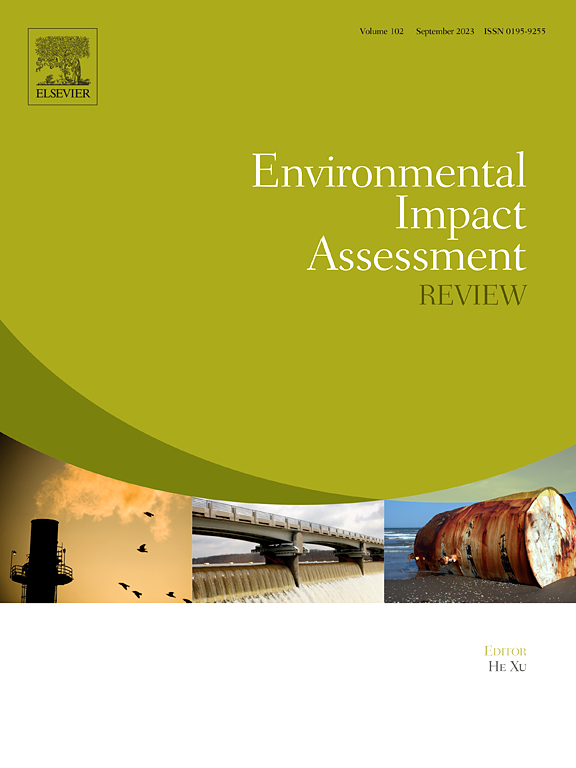Environmental tax-for-fee reform and China's urban green innovation: A local government behavior perspective
IF 9.8
1区 社会学
Q1 ENVIRONMENTAL STUDIES
引用次数: 0
Abstract
This study aimed to examine the impact of the environmental tax-for-fee reform on urban green innovation levels, with a focus on local government behavior. Using panel data from Chinese cities (2011−2022) and a difference-in-differences model, we analyzed the reform's effects and explored three potential mechanisms: government decision-making, performance pressure transmission, and fiscal pressure transmission. The reform promoted green innovation by increasing local attention to green development, which enhanced environmental oversight, increased scientific funding, and improved market integration. Environmental performance pressure amplified the reform's effect, with variations based on officials' age and turnover. A fiscal-administrative power mismatch diminished the reform's effect, influenced by financial decentralization and fiscal transparency. The environmental tax-for-fee reform effectively promoted green innovation, primarily through strategic rather than substantial innovation. Increasing fiscal support and addressing information asymmetry could further strengthen its impact on substantial green innovation. The study recommends optimizing the environmental protection tax system and strengthening incentives for local governments to foster green innovation.
环境税费改革与中国城市绿色创新:地方政府行为视角
本研究旨在考察环境税费改革对城市绿色创新水平的影响,并将重点放在地方政府行为上。利用2011 - 2022年中国城市的面板数据和差异中的差异模型,我们分析了改革的效果,并探讨了政府决策、绩效压力传导和财政压力传导的三种潜在机制。改革通过提高地方对绿色发展的重视,加强环境监管,增加科技投入,促进市场整合,促进绿色创新。环境绩效压力放大了改革的效果,随着官员的年龄和更替而变化。在财政分权和财政透明度的影响下,财政权错配削弱了改革的效果。环境税费改革有效促进了绿色创新,主要是通过战略创新而非实质性创新。增加财政支持和解决信息不对称问题可以进一步加强其对实质性绿色创新的影响。该研究建议优化环境保护税制度,加强对地方政府促进绿色创新的激励。
本文章由计算机程序翻译,如有差异,请以英文原文为准。
求助全文
约1分钟内获得全文
求助全文
来源期刊

Environmental Impact Assessment Review
ENVIRONMENTAL STUDIES-
CiteScore
12.60
自引率
10.10%
发文量
200
审稿时长
33 days
期刊介绍:
Environmental Impact Assessment Review is an interdisciplinary journal that serves a global audience of practitioners, policymakers, and academics involved in assessing the environmental impact of policies, projects, processes, and products. The journal focuses on innovative theory and practice in environmental impact assessment (EIA). Papers are expected to present innovative ideas, be topical, and coherent. The journal emphasizes concepts, methods, techniques, approaches, and systems related to EIA theory and practice.
 求助内容:
求助内容: 应助结果提醒方式:
应助结果提醒方式:


